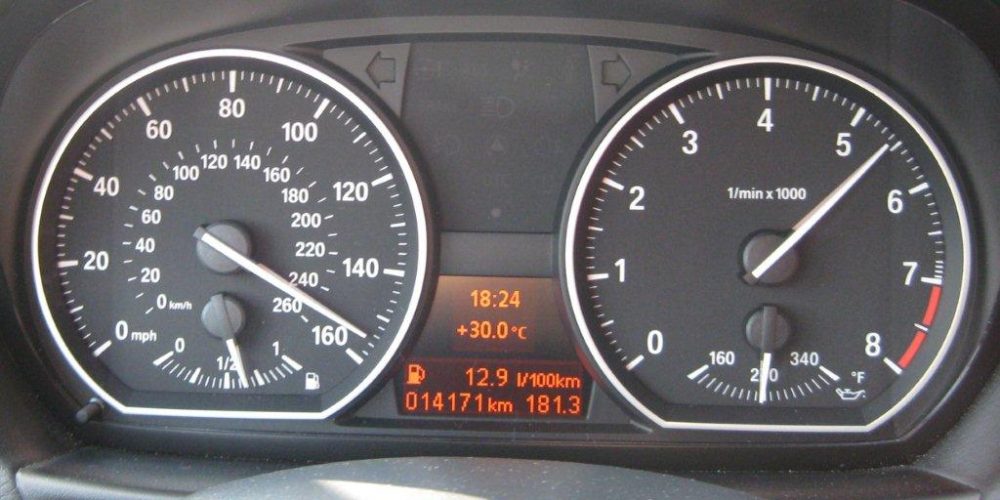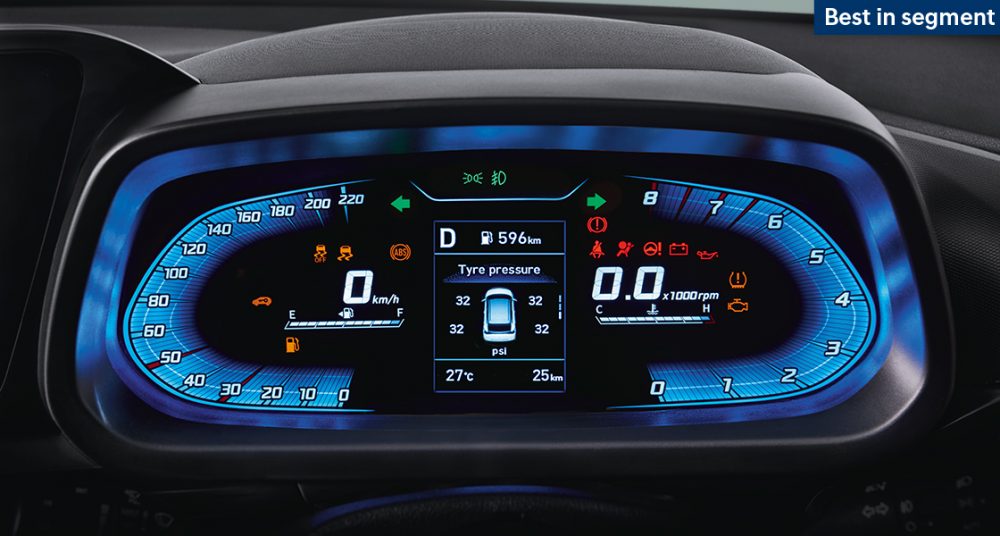When you are behind the wheels, the instrument cluster is the most important aspect of your vehicle. After all, it gives you all the necessary information that is crucial for you to know while driving. For modern vehicles, this cluster exists as a digital/ semi-digital wonder, while for older ones this may be an analogue one. But which one’s better? Let’s find out.
Analogue Instrument Clusters

- The most widely used clusters across the globe, analogue gauges are simple, convenient and to the point. They are built in a simple manner and do not have added complexities to them. What you see is sometimes what you get.
- The typical function of an analogue gauge much like other ones is to tell you what’s happening to it.
- Moreover, since there is a physical motion of the dial involved, it is easier to track changes, as and when it happens in analogue gauges.
- Another added advantage is the fact that analogue gauges do not have any refreshing issues, as there is no electronic operation involved.
- However, the biggest disadvantage in an analogue gauge is the parallax error, which happens due to the viewing angle of the one who sees the meter.
- A change in viewing angle can change the way the reading is perceived. Another disadvantage associated with such meters is the fact that one cannot determine the exact reading at any point in time, as an analogue meter has demarcation for specific units.
- This also makes it difficult to read the meter as the margin between the readings is only a matter of interpretation.
Also Read: 7 Hatchbacks With The Best-Looking Instrument Clusters

Digital Clusters

- When it comes to digital displays, they perform in a similar manner as analogue ones. One advantage that they offer is not the fact that they offer a more precise reading, as there is no scope of interpretation nor is there a parallax error.
- And since digital displays are the new trend in town, manufacturers even offer modern-day displays with themes, colours and even 3D imagery.
- And since digital displays are smart, they also display a plethora of information that analogue meters cannot.
- A major disadvantage with digital displays is the refresh rate. Compared to an analogue dial that has physically moving parts and a mechanical connection, digital displays have to deal with what is called a refresh rate which is measured in Hertz (Hz).
- Since digital speedometers display crucial data such as speed based on the data received by the sensors, there is often a lag between what is displayed based on how fast the data is processed and displayed on the screen.
- Nonetheless, Digital Displays are far more informative and add up to the overall look of the vehicle.
Checkout: 10 Cars That Come With All-Digital Instrument Cluster
Semi-Digital Instrument Clusters

- While analogue gauges have their own pros, even semi-digital ones have their charm. A middle way, however, is the semi-digital clusters.
- Using a blend of both the technologies, semi-digital clusters bring in the convenience of analogues and the display, technology and information of digital ones.
- And since both analogue and digital meters have their own advantages, semi-digital clusters mostly use the analogue dials for information like temperature, fuel, odo etc., while leaving speed, tachometer etc. for the digital look.
Also Read: 10 Cars That Come With An Semi-Digital Speedometer
Now that you’ve got an idea about the different clusters, choosing which one goes with your calling is a personal choice. In terms of information, all three do their job well, but when it comes to looks, digital one often takes away the game.
Stay Updated With: Top 10 Most Googled Questions On Citroen C3






